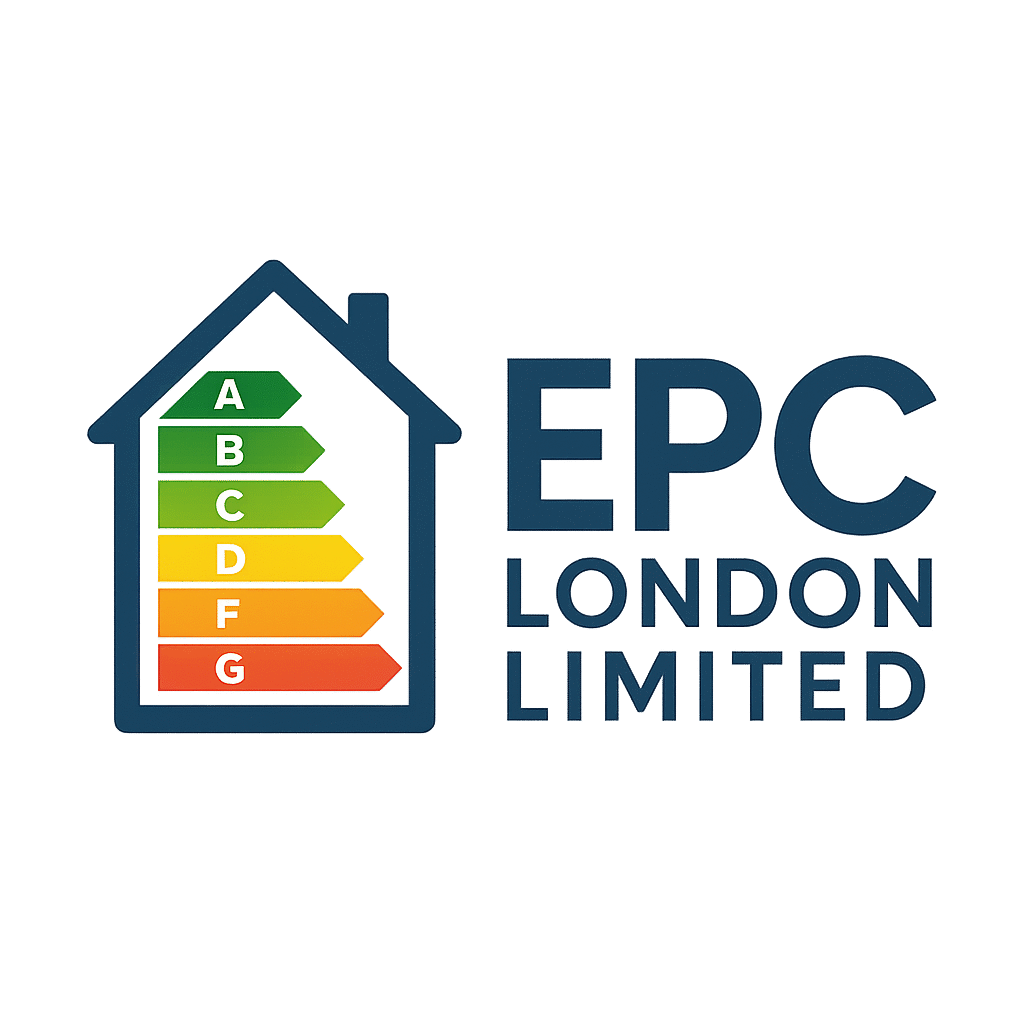Energy Performance Certificates (EPCs) are the standard measure of a building’s operational energy efficiency in the UK. They evaluate energy use for heating, cooling, lighting, and ventilation, providing guidance to homeowners, tenants, and buyers. However, EPCs do not account for whole-life carbon, also known as the total carbon emissions generated across a building’s lifecycle—from construction to demolition. This has sparked debate over whether the property sector should move beyond operational efficiency toward a more holistic carbon assessment.
What is Whole-Life Carbon?
Whole-life carbon includes both:
Operational Carbon: Energy used during the building’s lifetime (measured by EPCs).
Embodied Carbon: Carbon emissions from manufacturing, transporting, and installing building materials, as well as maintenance, refurbishment, and eventual demolition.
Studies show that in modern, energy-efficient buildings, embodied carbon can contribute up to 50% of the total carbon footprint, meaning EPCs may understate a property’s true environmental impact.
Why the Industry Should Move Beyond Operational Efficiency
1. Addressing the Hidden Carbon Footprint
Buildings may achieve high EPC ratings yet still have a significant total carbon footprint due to the materials used. Ignoring embodied carbon risks greenwashing—presenting buildings as environmentally friendly when their lifecycle impact is substantial.
2. Supporting Net-Zero Carbon Goals
The UK government has committed to net-zero emissions by 2050. Achieving this target requires reducing both operational and embodied carbon. Focusing solely on EPC ratings limits the effectiveness of climate action in the built environment.
3. Driving Sustainable Material Choices
Incorporating whole-life carbon assessments encourages developers and homeowners to:
Use low-carbon or recycled materials
Source materials locally to reduce transport emissions
Design buildings for durability, reuse, and recyclability
This approach promotes a circular economy in construction.
4. Enhancing Policy and Investment Decisions
Investors, lenders, and regulators benefit from a comprehensive carbon assessment, ensuring that financing, subsidies, and compliance measures support genuinely low-carbon buildings rather than just high EPC-rated structures.
Limitations of EPCs in Measuring Whole-Life Carbon
EPCs focus solely on operational energy, not material-related emissions.
They rely on standardized assumptions rather than actual building performance or lifecycle data.
They do not incentivize low-carbon material selection or circular design practices.
These limitations highlight the need for supplementary tools and metrics, such as life-cycle assessments (LCA), alongside EPCs.
How Urgent EPC Can Help
At Urgent EPC, we provide reliable EPC services and guidance to support homeowners and developers in improving energy efficiency while considering broader sustainability goals:
Residential EPC – Accurate assessments for homes and apartments.
Same-Day EPC – Fast service for urgent requirements.
Pricing Plan – Transparent costs for all property types.
Contact Us – Expert advice on improving EPC ratings and exploring sustainable construction strategies.
Conclusion
While EPCs remain essential for assessing operational energy efficiency, they do not capture the full environmental impact of buildings. Whole-life carbon assessments provide a more complete picture, encouraging sustainable material choices, better construction practices, and long-term climate responsibility.
For accurate EPC assessments that complement broader sustainability goals, visit Urgent EPC, explore Residential EPC services, request a Same-Day EPC, review our Pricing Plan, or Contact Us today.





